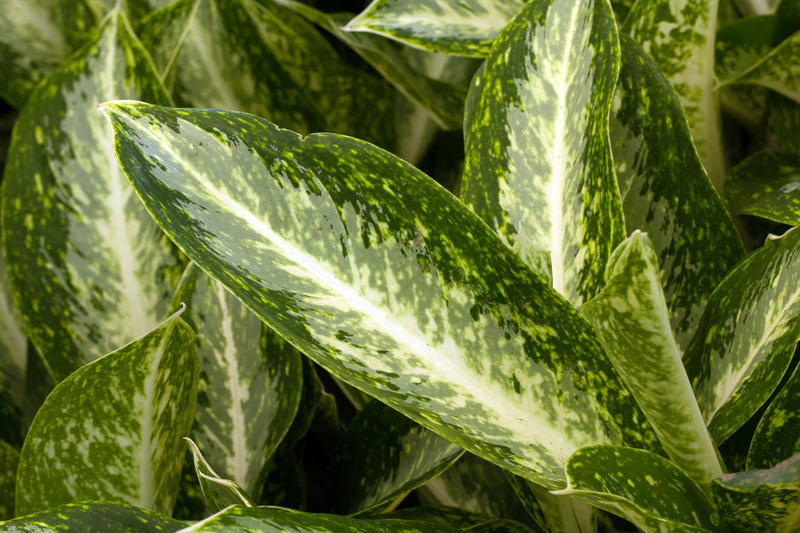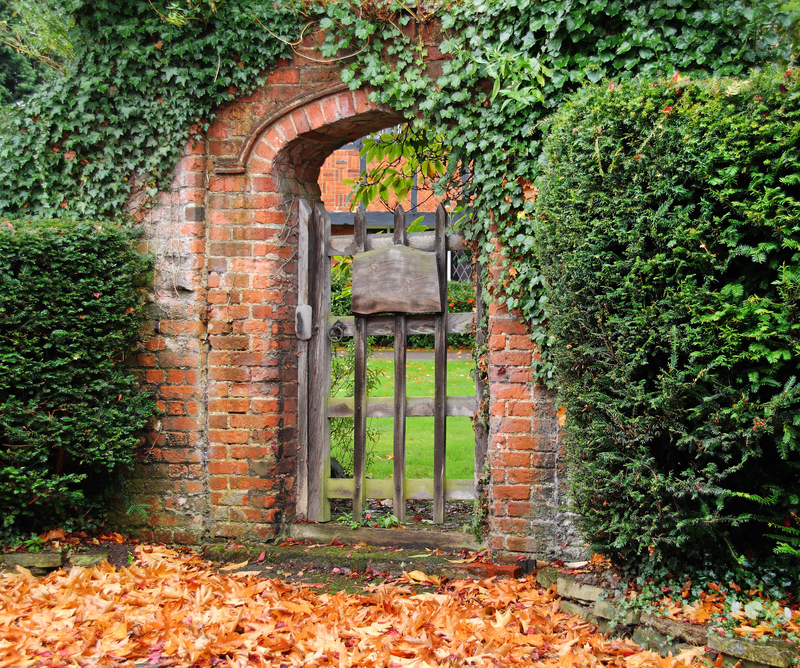How to Give Your Lawn the Upper Hand Against Summer Drought
Every homeowner dreams of a lush, green lawn--especially during the hot, relentless months of summer. However, when drought strikes, maintaining your yard can feel like an impossible challenge. With water restrictions, soaring temperatures, and prolonged periods without rainfall, grass can quickly become brown, brittle, and unhealthy. How can you give your lawn the upper hand against summer drought? Through smart planning, eco-friendly practices, and some expert insight, you can keep your grass vibrant and healthy when it matters most.
Understanding Summer Drought and Its Impact on Your Lawn
A summer drought occurs when rainfall drops significantly below normal levels during the hottest months, leading to dry soil and stressed vegetation. Lawns are particularly vulnerable to these dry spells, especially cool-season grasses such as fescue and bluegrass. Even warm-season grasses like Bermuda or zoysia can struggle if drought persists.
- Soil Moisture Loss: Due to evaporation and lack of precipitation, soil dries out quickly.
- Increased Water Demand: High temperatures accelerate plant water loss through transpiration.
- Weed and Pest Pressure: Drought-stressed lawns are more susceptible to opportunistic weeds and pests.
The good news: By taking proactive steps, homeowners can give their turf the best chance of surviving--and even thriving--through periods of summer drought.

Best Practices to Prepare Your Lawn for Drought
1. Choose Drought-Tolerant Grasses
Not all grasses are created equal when it comes to handling dry weather. Suppose you live in a drought-prone region or want a low-maintenance lawn. In that case, consider overseeding or replacing your lawn with more drought-resistant varieties.
- Bermuda grass: Known for vigorous growth and excellent drought resistance.
- Zoysia grass: Tolerates both heat and drought; good for transitional climates.
- Buffalograss: Native to prairies, requiring minimal water.
- Tall fescue: A cool-season alternative with deeper roots and better drought tolerance than other fescues.
By starting off with the right type of grass, you give your lawn a competitive edge against drought stress.
2. Improve Soil Health and Structure
Healthy soil is the foundation for a resilient lawn. Good soil supports deeper roots, retains moisture longer, and allows for better nutrient uptake. To give your yard the upper hand during summer drought:
- Aerate your lawn: Aerating in the spring or fall reduces compaction, encourages deep root growth, and improves water infiltration.
- Topdress with compost: Apply a thin layer of organic compost to improve soil structure, boost microbial activity, and increase moisture retention.
- Test your soil: Soil testing helps determine pH and nutrient deficiencies, allowing targeted fertilization for healthier grass.
3. Mow Smart: Height, Frequency and Blade Sharpness
One of the most overlooked ways to help your lawn survive summer drought is by adjusting your mowing habits.
- Keep grass a little taller: Raising the blade to 3 to 4 inches shades the soil surface, reduces evaporation, and encourages deep roots.
- Mow less frequently: Cutting too often during drought stresses your grass and exposes it further to the sun.
- Use sharp blades: Dull mower blades tear rather than cut, making grass more vulnerable to disease and drought.
Conserving Water: Efficient Irrigation Tips
During drought, every drop counts. That's why efficient watering is one of the best ways to give your lawn an advantage. It's not just about how much you water--it's about how and when you irrigate!
1. Water Deeply, Not Frequently
Lawns respond best to infrequent, deep watering that encourages roots to grow down where the soil stays cooler and moister.
- Early morning watering: Water before 9am to reduce evaporation loss and prevent leaf diseases.
- Aim for 1 inch per week: Apply water slowly, measuring output by placing a rain gauge or can in your yard.
- Use automatic sprinklers cautiously: Ensure sprinkler heads aren't wasting water by spraying sidewalks or driveways.
2. Spot Watering and Soaker Hoses
Use soaker hoses or drip irrigation to target trouble spots and save water. This strategy delivers moisture to roots while keeping evaporation to a minimum.
- Spot-treat brown patches: Address highly stressed areas or valuable landscape features.
- Check for leaks: Repair any hoses or nozzles to maximize efficiency.
Mulching: An Extra Line of Defense
Mulching is not just for garden beds! Adding a light layer of mulch around trees and garden edges can reduce competition for water with your turf. Moreover, grass clippings from mowing act as a natural mulch by:
- Returning nutrients to the soil
- Reducing evaporation and moisture loss
- Improving soil texture over time
You can even leave short grass clippings on your lawn as free, drought-fighting mulch!
Smart Fertilization and Lawn Nutrition
Resist the urge to fertilize during drought! Applying nitrogen-rich fertilizer while grass is stressed can cause more harm than good. Instead:
- Fertilize in the fall or spring: Give your grass a nutritional boost before or after drought-prone periods.
- Use slow-release fertilizers: These minimize the risk of burning and provide balanced nutrition over time.
- Look for soil amendments with humic acid or biochar: They improve soil's moisture-holding capacity.
Control Weeds and Pests During Drought
Weeds compete with your grass for limited water and nutrients, while drought-stressed lawns invite pests like grubs or chinch bugs. Vigilant weed and pest management helps your turf stay strong.
- Hand-pull weeds: Remove weeds before they flower and spread seeds, especially invasive varieties.
- Spot-treat as needed: Apply targeted herbicides or pesticides rather than blanket treatments during droughts.
- Encourage beneficial insects: Ladybugs and spiders help control lawn pests naturally.
Adaptive Lawn Maintenance: What to Do When Drought Hits
1. Let Grass Go Dormant
Most healthy lawns can survive several weeks of drought by going dormant. Grass turns brown, but isn't dead--it's protecting itself. Avoid heavy foot traffic and minimize mowing during dormancy.
- Wait for rain to revive your grass: Once moisture returns, most lawns recover quickly.
- Protect dormant lawns from excessive activity: Keep kids and pets off as much as possible.
2. Overseed Thin or Damaged Areas
Once temperatures cool and rainfall returns, give your lawn the upper hand by overseeding with a drought-tolerant mix. Aerate before seeding for the best results.
3. Plan for the Future: Invest in Smart Lawn Care
Drought is a recurring threat in many areas. Consider transforming sections of your lawn into low-water landscapes with ornamental grasses, native plants, or xeriscape gardens for beauty, biodiversity, and savings on water bills.
Eco-Friendly Solutions for Sustainable Summer Lawns
Sustainable yard practices reduce water use, minimize chemicals, and foster healthier turf long-term. Here are some tips to make your drought-defying lawn eco-friendly:
- Catch rainwater: Use barrels to collect runoff from gutters for supplemental irrigation.
- Use greywater wisely: Reuse water from sinks or showers--check local regulations first.
- Landscape with native plants: They typically require less water and care than imported species.
- Install smart irrigation controllers: WiFi-based systems adjust watering schedules based on weather and soil moisture sensors.

Frequently Asked Questions About Drought-Resistant Lawns
Q1: How often should I water my lawn during a drought?
Deeply water once a week (if permitted) rather than daily light sprinkling. Aim for 1 inch of water total, and always early in the morning to reduce evaporation loss.
Q2: Should I fertilize my lawn in the summer?
No. Fertilizing during drought is not recommended as it can burn already stressed grass. Wait for cooler weather and rain before applying fertilizer.
Q3: Is it better to mow grass short or tall during the heat?
Always mow tall in summer drought. Taller blades shade the soil and help roots access deeper moisture.
Q4: Are there any alternatives to traditional grass lawns?
Yes! Drought-resistant ground covers, ornamental grasses, wildflower meadows, or xeriscape plantings are low-water alternatives that add beauty and decrease maintenance.
Conclusion: Give Your Lawn the Advantage This Summer
Summer droughts test even the healthiest lawns. With a strategic approach that includes selecting drought-hardy grass, prioritizing soil health, mowing wisely, and irrigating efficiently, you can help your landscape not only survive but thrive. Remember, every yard is unique--so adjust your methods based on local conditions, climate, and your lawn's specific needs. By making small changes and investing in sustainable practices, it's possible to give your lawn the upper hand against summer drought for many seasons to come!
- Start early with drought-resistant grass varieties.
- Maintain healthy, organic-rich soil.
- Use every drop of water wisely.
- Embrace eco-friendly landscaping solutions.
For more tips on creating a resilient, beautiful lawn all year round, stay tuned to our expert guides and resources!